The size of their polyps are usually anything bigger than a few mm. By separating the coral by polyp size, they can also be classified under various care requirements, food requirements, and light requirements.
It is easier to feed corals with bigger polyps. In general, it is easier to care for LPS corals compared to SPS coral.

Why are LPS Corals Easy To Keep
LPS corals require lesser light than other corals, hence they require less expensive lighting equipment. They are very easy to grow and propagate and require less maintenance such as water chemistry adjustment. They also deteriorate slowly if water condition is poor giving owner good time to adjust and compensate.
A few examples of LPS corals which are good for beginners are illustrated below.
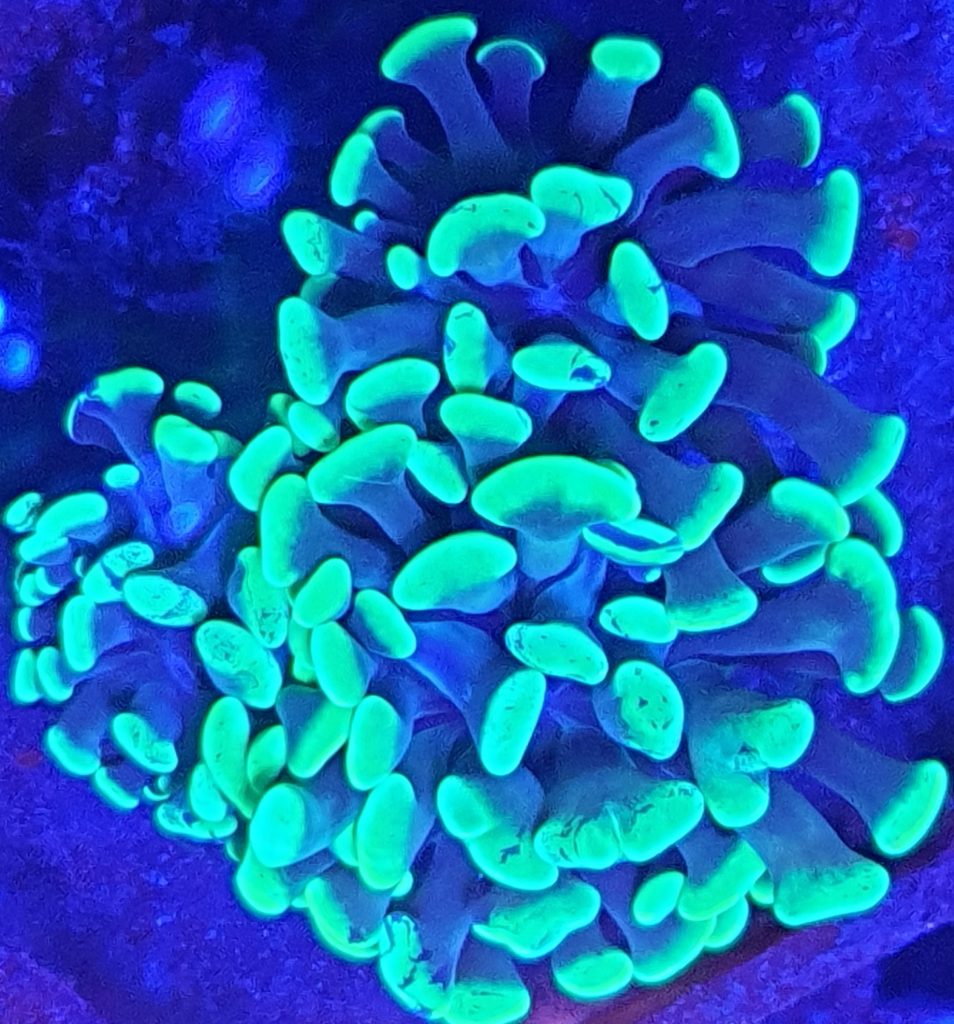
Euphyllia Paraancora (Branching Hammer coral) is a common LPS coral. There is a hammer-shaped polyps at the end of the extension. There are also others under the same Genus like Euphyllia Yaeyamaensis (Branching Frogspawn Coral) and Euphyllia Glabrescens (Branching Torch Coral). All of them have similar care requirements. They should be kept in low flow and low light.
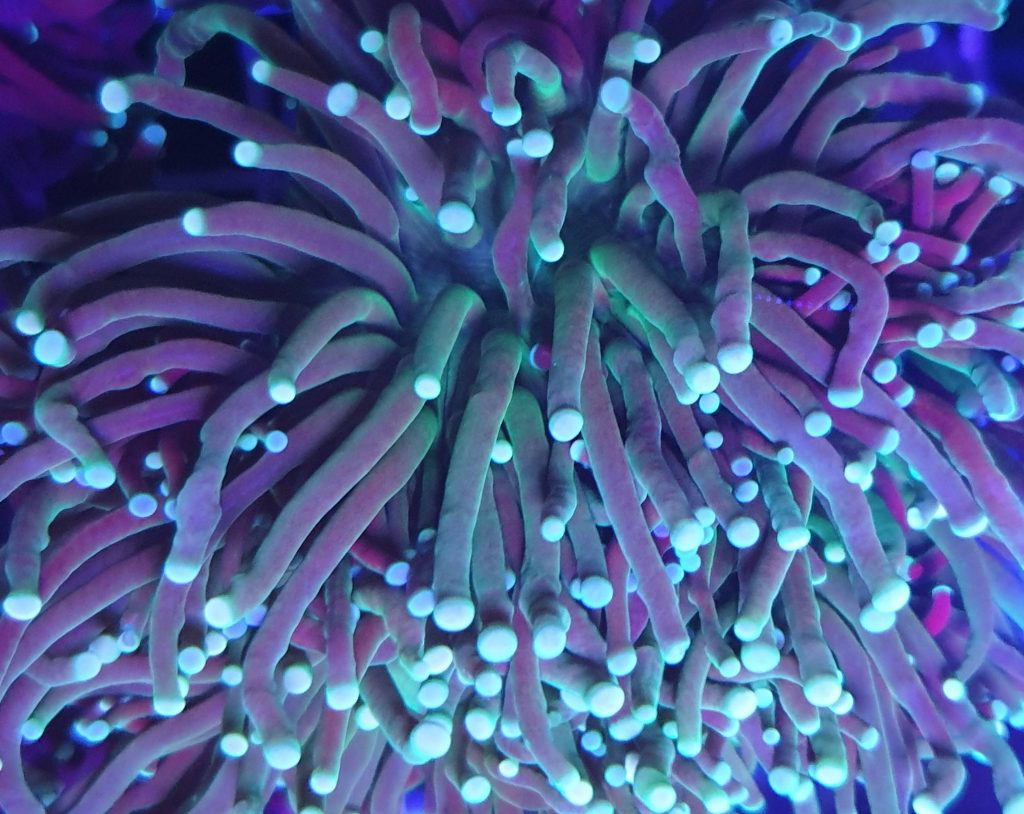
Caulastrea (Candy Cane Coral) comes in general green with little trumpet-shaped polyps. They also have a stripe or green centred variety. They are a good choice for beginners as they lower in cost.
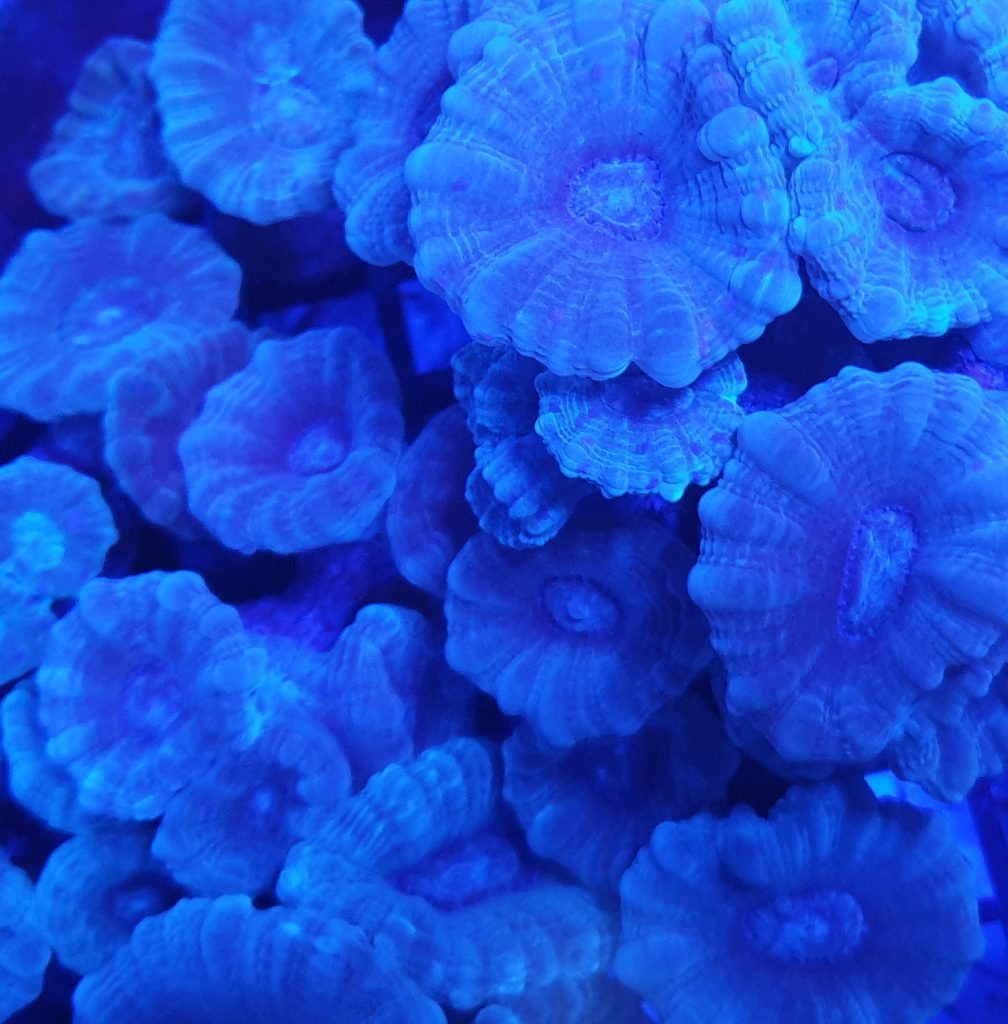
Acanthastrea Lordhowensis (Acan Corals) is one of the best beginner corals. They come in all sorts of bright colour variation. Polyps grow in a cluster and they come in little frags with one or several polyps to make it affordable.
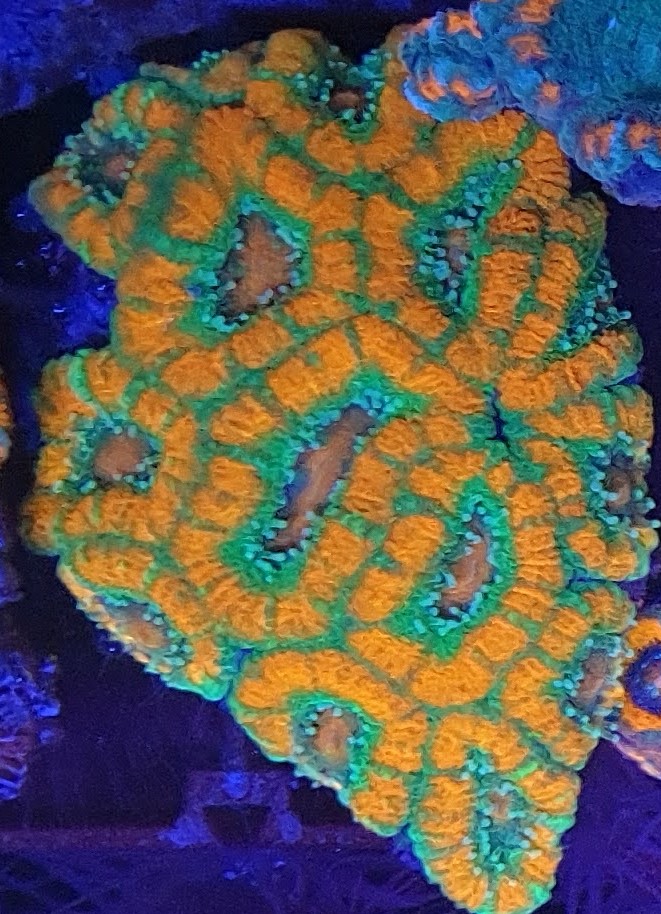

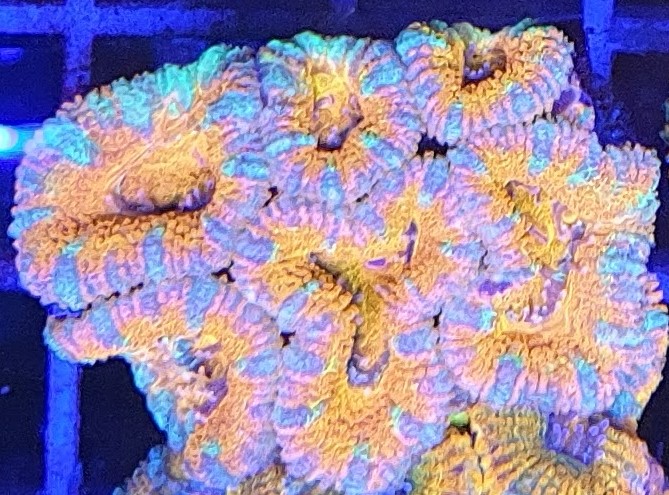
LPS Corals Placement
LPS coral in general requires low-to-moderate lighting and flow. They have hard calcium carbonate skeletons. Hence Aquarists will want to monitor and control the Alkalinity, Calcium and Magnesium to maintain happy healthy corals.
